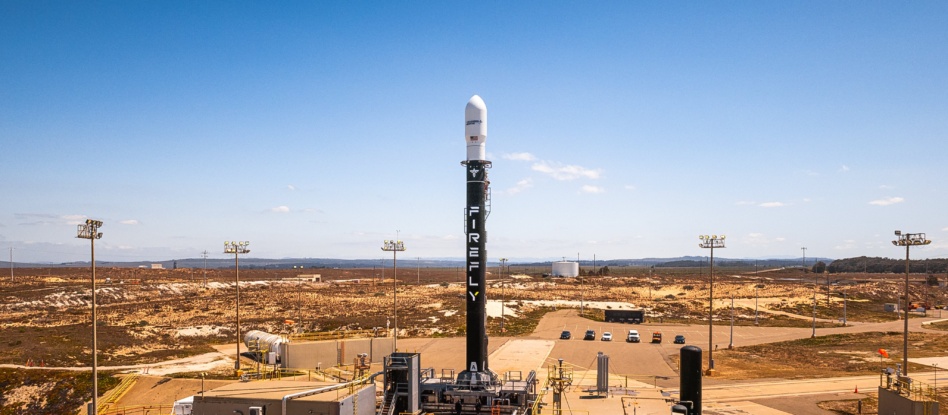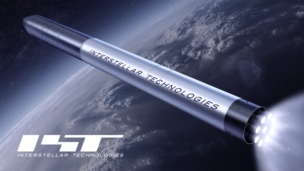Firefly Aerospace closed the investigation into the failure of one of its Alpha rockets during an April mission for Lockheed Martin, and received clearance from the FAA to resume launches, the company said in a statement after markets closed.
The loss of the launch vehicle was a dark cloud hanging over the company’s otherwise successful IPO this month, and $FLY was up 5% in after-hours trading.
Deconstructed: Alpha Flight 6 launched in April from Vandenberg Space Force Base, and failed when its first-stage booster broke apart milliseconds after stage separation. This created a shockwave that destroyed the engine nozzle extension on the second stage and reducing thrust, seconds before the second stage attained orbital velocity.
The second stage continued to ascend until it reached an altitude of 320 km, where it ran out of propellant; both stages ultimately fell into the Pacific Ocean, and there was no risk to the public.
Wha’ Happen? The mishap investigation concluded that “plume induced flow separation” caused the failure. The phenomenon occurs when a rocket’s exhaust disrupts airflow around the vehicle in flight.
In this case, Firefly said the rocket was flying at a higher angle of attack than prior missions, which resulted in the flow separation and created intense heat that broke the first stage apart.
Fix-it: The company said it would increase the heat shielding on the first stage of the rocket, and fly reduced angles of attack on future missions. The company didn’t respond to questions about whether these corrective actions will affect the rocket’s payload capacity, or other capabilities.
Alpha has now launched six times since 2021, with only two complete successes. While the end of the mishap investigation is a major milestone, Firefly still needs to show it can launch at high cadence to fulfill contracts for foundational customers like Lockheed Martin, and L3Harris.
Lucky number seven: Firefly said it is working to find a date for its seventh launch attempt, which is another mission for Lockheed Martin.




